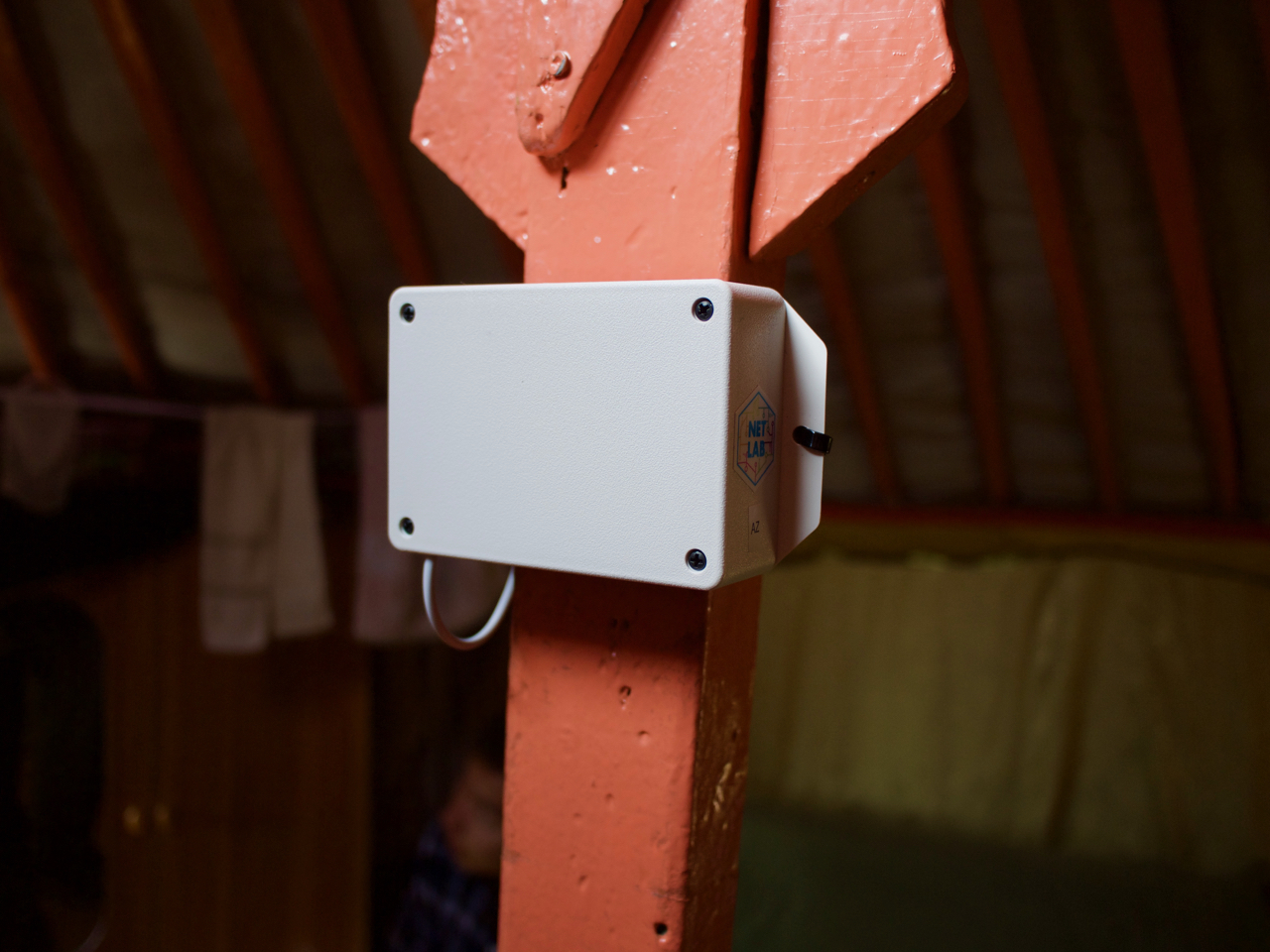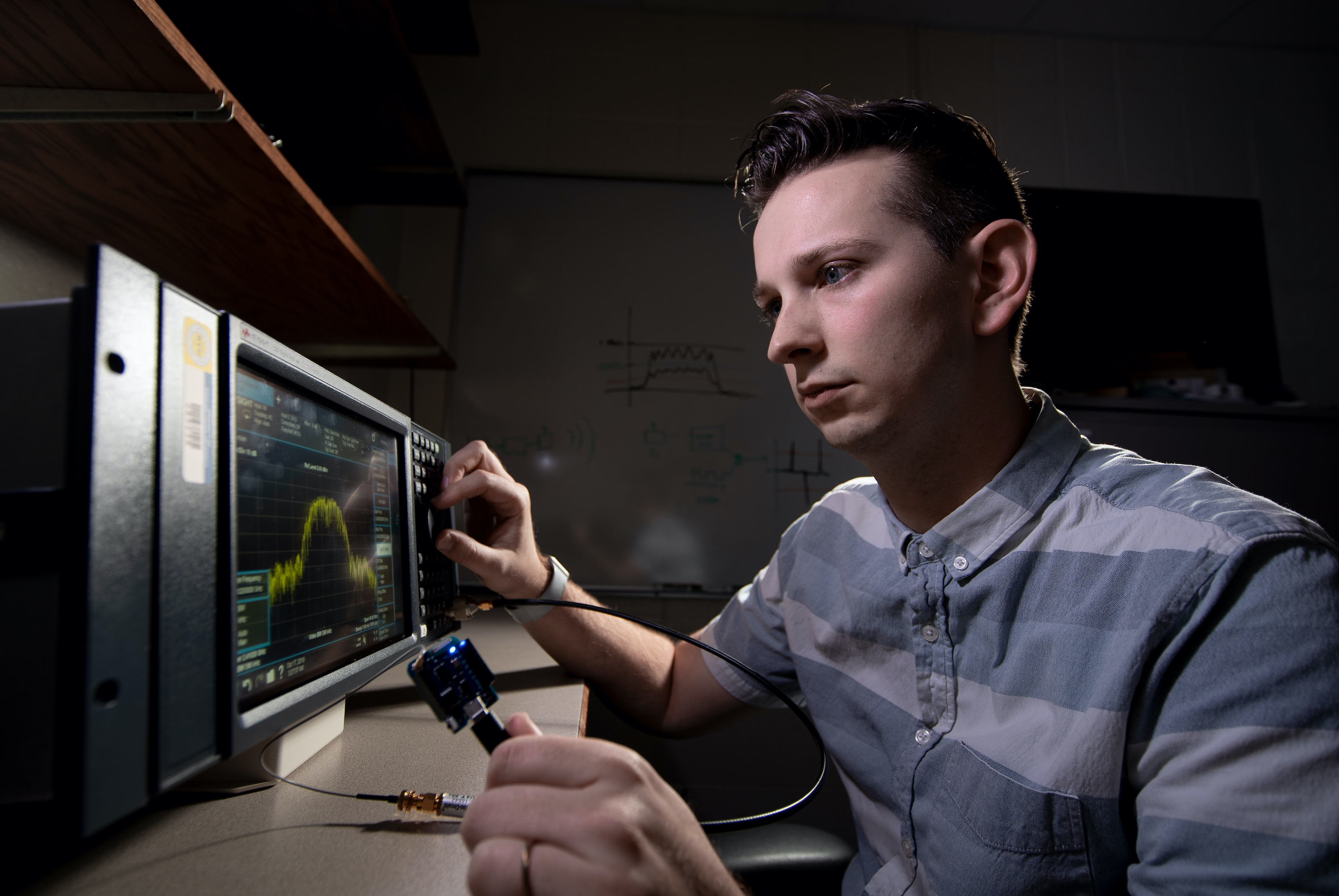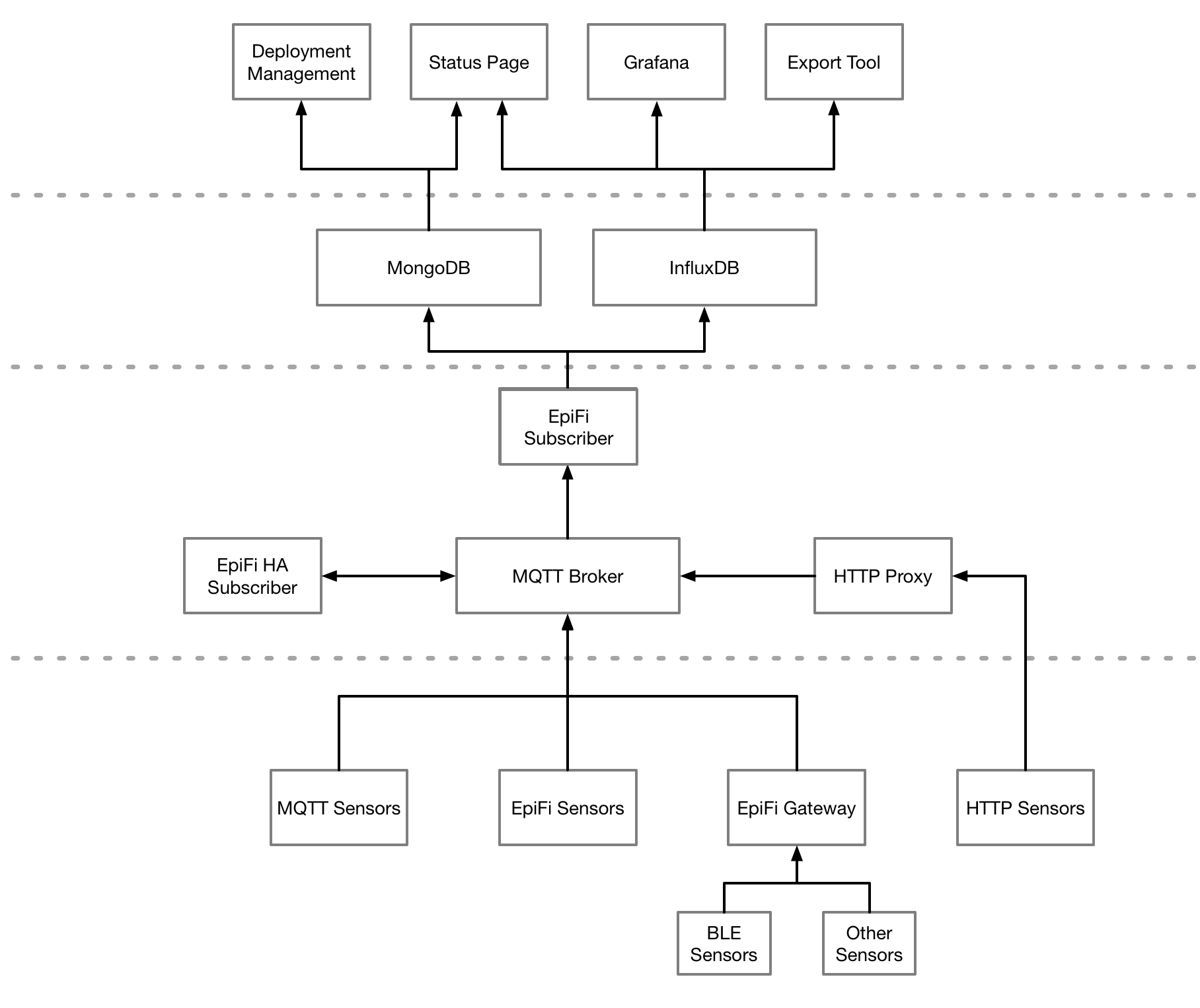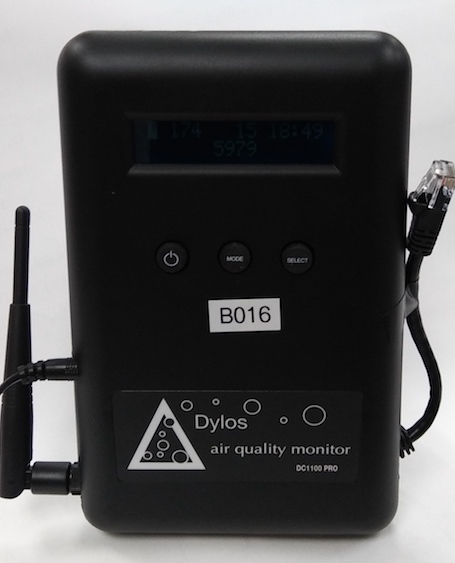Underwater Networking

The goal of this project is to develop a mothership-and-passenger sampling system to reach difficult-to-access glacier grounding zones via the open ocean to measure the extent of ice cavities and surrounding water properties. The project will innovate along three main areas of inquiry: 1) passenger robot design, 2) acoustic communication protocols and hardware, and 3) mothership-and-passenger coordination algorithms. Novel, low-cost passenger robots will be conceived that can switch through different operation modes to optimize maneuverability, power consumption, or a combination of both, as needed for various tasks throughout a deployment. Acoustic communication protocols and hardware will be developed to prioritize robust communication between passenger robots over throughput and permit swarm self-localization by utilizing time-of-flight and angle-of-arrival between passengers to estimate relative positions. Swarm coordination algorithms will be designed to estimate flow direction and strength from the passenger robots’ relative positions to optimize navigation and power consumption. The performance of the network will be tested in increasingly challenging environments, i.e., tests will be conducted in a pool, an unfrozen lake, and finally in a frozen lake, while network capabilities with a larger swarm will be modeled to ensure the scalability of the system to ocean deployments. Finally, the software developed for the mothership-and-passenger communication and self-localization protocols will be generalizable and made available open-source to allow other research teams to adapt the system to their own needs. The mothership-and-passenger sampling system will not only advance under-ice-observation capabilities but also have wider oceanographic applications such as detection and monitoring of underwater harmful algal blooms or anoxic events threatening fisheries. Press release
Software-Based Wireless Sub-Protocols (Project site)

Resiliency is a crucial challenge for the next generation of wireless protocols. For wireless devices to become an essential part of our infrastructure, they must be resilient to changing environmental conditions and function under extreme cases. However, current wireless protocols have limited adaptability. This project explores a new class of wireless protocols called “wireless sub-protocols”. Wireless sub-protocols are new protocols built on existing wireless protocols but increase their capabilities and adaptability. Wireless sub-protocols are implemented only in software and require no changes to a device’s hardware. Wireless sub-protocols add extra adaptability paving the way for future resilient wireless protocols with only a software update.
Vehicle-to-Everything (V2X)
Vehicles are an essential part of our everyday lives, and improving safety would have a tremendous impact on society. By connecting vehicles to each other (V2V), traffic infrastructure (V2I), and even pedestrians (V2P), new and exciting traffic safety applications and autonomous systems can be developed. We are researching how to improve wireless protocols and increase network performance to bring about the next generation of traffic safety.
Spectrum Sharing via Interference-resilient Passive Receivers and Passive-aware Active Services
Driven by expanding scientific questions in cosmology and astrophysics and advances in receiver technology, passive radio astronomy observations now take place over the entire radio spectrum. Active wireless services, including 5G cellular networks, are increasing in spectral occupancy from L band to K band and beyond. Cooperative use of radio spectrum would be improved if observatories had more options for RFI mitigation than blanking and excision and digital domain suppression methods. This project will address technological needs at multiple layers of the passive/active spectral user cooperative space, including dynamically tunable notch filters, analog true-time-delay spatial processing for wideband interference nulling at the system front end, and passive-aware active user network protocols that cooperatively reduce interference for passive radio services. These innovative technologies will be integrated into a demonstrator system to provide a comprehensive and multilayered RFI mitigation strategy for existing and future passive and active spectrum users.
Mongolian Ger Air Quality Measurement and Analysis


Previous work has been done to retrofit gers so that a electric heater can be used instead of a coal heater. To understand and quantify the efficacy of the ger retrofit solution, we are deploying 50 air quality sensors inside and outside of gers. This will allow us to quantify the impact that the ger retrofit has on the air quality within a ger. By placing sensors outside, we can also determine how well the retrofit is protecting against particulate matter leaking into the structure. Previously collected data has shown that the effects of the retrofit are quite dramatic in reducing the amount of particulate matter in the air inside the ger. We are deploying more sensors for longer time periods to show that this trend is statistically significant. This will prove that the retrofit solution is working as expected and meets specifications.
On-Off Noise Power Communication

We design and build a protocol called on-off noise power communication (ONPC), which modifies the software in commodity packet radios to allow communication, independent of their standard protocol, at a very slow rate at long range. To achieve this long range, we use the transmitter as an RF power source that can be on or off if it does or does not send a packet, respectively, and a receiver that repeatedly measures the noise and interference power level. We use spread spectrum techniques on top of the basic on/off mechanism to overcome the interference caused by other devices’ channel access to provide long ranges at a much lower data rate. We implement the protocol on top of commodity WiFi hardware. We discuss our design and how we overcome key challenges such as non-stationary interference, carrier sensing and hardware timing delays. We test ONPC in several situations to show that it achieves significantly longer range than standard WiFi.
ONPC has been covered by BYU, Engadget (video), Ars Technica, Network World, and Tom’s Hardware.
Pediatric Research using Integrated Sensor Monitoring Systems (PRISMS)


This project is part of a University of Utah informatics center awarded through the NIH NIBIB project called Pediatric Research Using Integrated Sensor Monitoring Systems (PRISMS). The goal of our project is to develop systems for smart and healthly homes, including in-home and personal sensors and actuators made to monitor the exposure of residents, to reduce exposures to pollutants, and improve health. A key use case is for pediatric asthma patients.